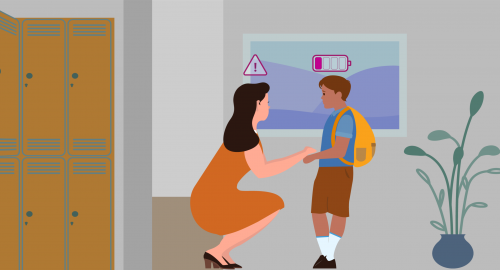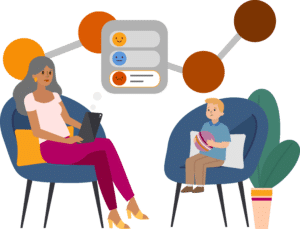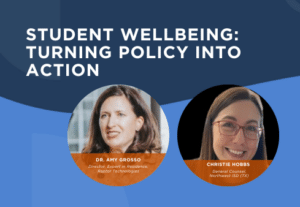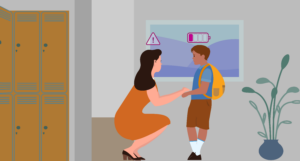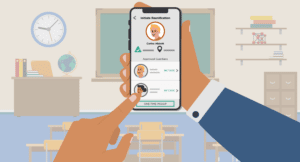Listen to this blog
4 minutes
When it comes to student mental health, the second semester of the school year brings many challenges. Standardized tests, end of year exams, and transitions to new classes or schools create stressors for students—stressors they need support to address.
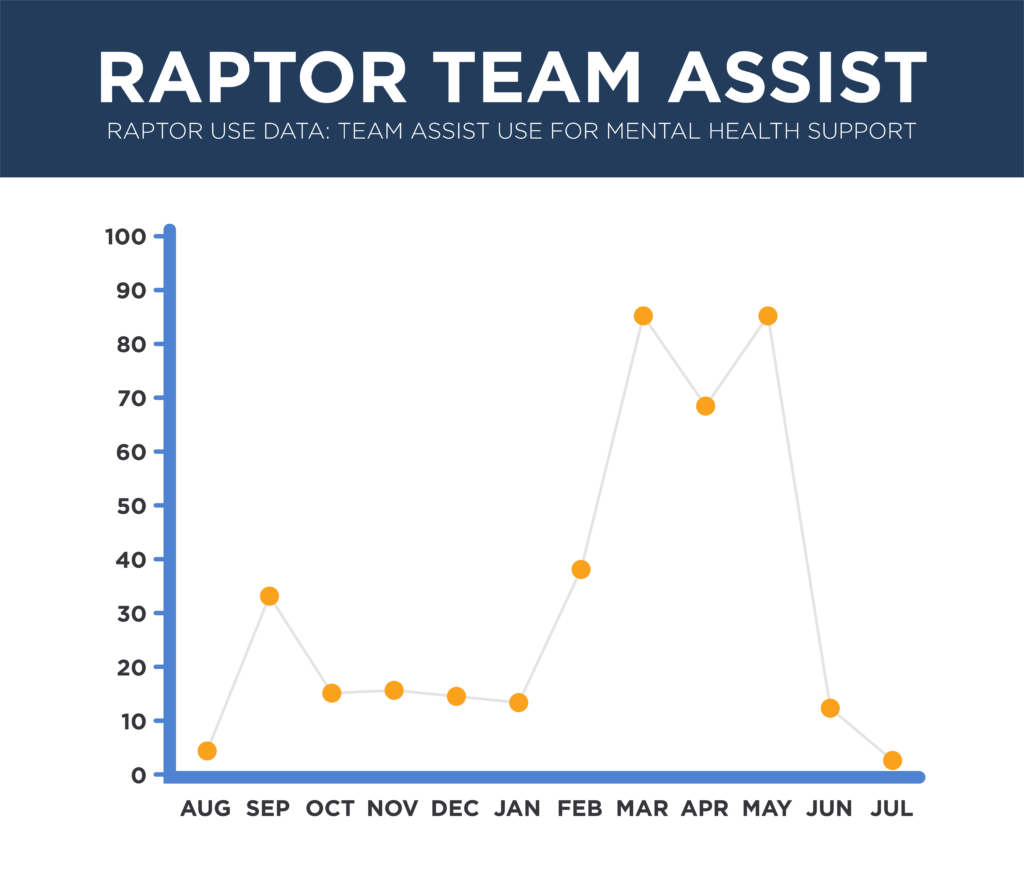
But with May being Mental Health Awareness month, there are critical conversations taking place—and critical resources being shared.
On the School Safety Today podcast, Dr. Amy welcomed Bree Borgsteadt, LCSW-S, the Director of Outpatient Services at Georgetown Behavioral Health Institute, for a crucial conversation around self-injury and the resources schools can provide to support students facing these challenges.
Although over 17% of adolescents engage in self-injury behavior, because of shame, misunderstanding, and judgment many individuals suffer in silence and do not get the help that is needed.
Much of the misunderstanding surrounding self-injury is rooted in commonly accepted myths. Let’s discuss a few of these myths and the corresponding facts before diving into key protocols.
Myths about self-injury
1. Myth: Self-injury is a suicide attempt.
Fact: While it is easy to think it is, research shows most individuals who self-injure are not suicidal. Many use self-injury as a way of coping with stress and overwhelming feelings. Self-injury is often used to avoid suicidal ideation.
2. Myth: Self-injury is just for seeking attention.
Fact: “For some, self-injury is clearly an attention-seeking act. In this case, it is very important to honor the intent–if someone is injuring him/herself for attention then that person clearly needs it–this person is crying out for help” (Top 15 misconceptions on self-injury). The majority of individuals who struggle with self-harm go to great efforts to cover it up. Regardless of whether self-harm is for attention or not, individuals need compassion and understanding to get the support and help that is needed.
3. Myth: Self-injury only impacts girls.
Fact: Self-injury is often portrayed in the media as only impacting teen girls, but the reality is anyone can be impacted by self-injury. It is critical for adults to understand that both boys and girls can struggle—and that support and intervention protocols reflect that understanding.
Protocols for self-injury
“Discussing self-harm might be difficult for adults, yet it’s essential to engage with students on this topic from a standpoint of empathy and care, rather than judgment and shame. Learning to recognize the subtle changes in student behavior and engaging in early intervention conversations from a place of compassion enables students to receive support before the situation escalates into a crisis.” Dr. Amy Grosso, Director Resident Expert at Raptor Technologies
While many schools have protocols around suicide prevention, most do not have clear guidance on how to approach non-suicidal self-injury. The Cornell Research Program on Self-Injury and Recovery provides specific steps on how to develop and implement a protocol.
The guidance includes:
- Members of the crisis team
- Identifying self-injury
- Assessing self-injury
- Engaging parents
- Identifying external referrals
- Addressing social contagion
Even if your school is not in a place to develop a protocol for nonsuicidal self-injury, providing education and resources to staff and families is a great first step. Two great resources are:
Learn more about supporting student wellbeing
Adressing the challenges of self-injury and mental health among students requires proactive planning and the deployment of comprehensive support systems. Embracing the challenge of understanding, recognizing, and providing for the mental health needs of our students is not just critical—it’s a reflection of our commitment to nurturing a safe and supportive learning environment.
Related Resources
Guide to K-12 Student Wellbeing
For key strategies to support student wellbeing protocols and programs, download Raptor’s free, newly-revised Guide to K-12 Student Wellbeing

Listen to this blog
4 minutes

